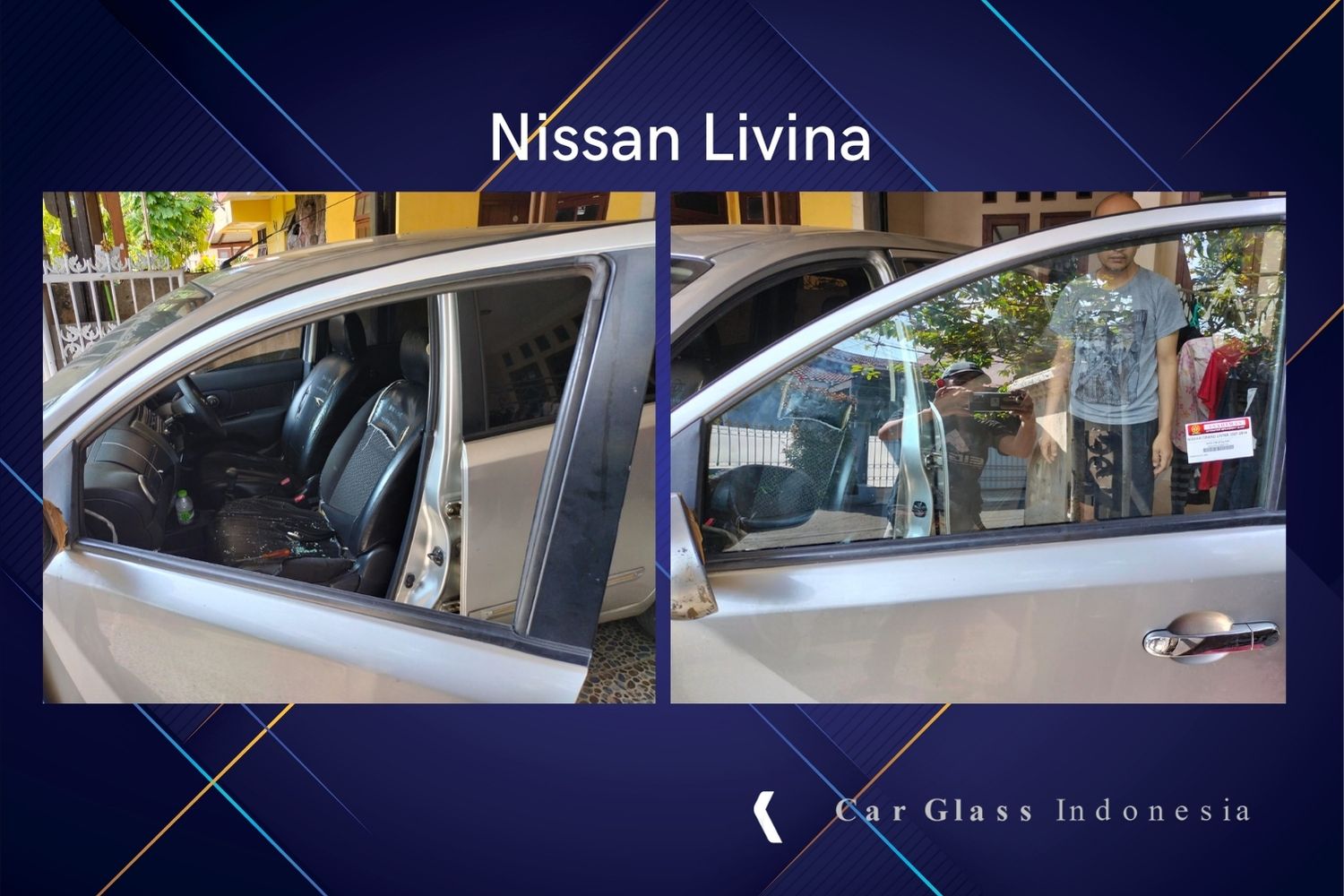Lawful Demands For Automobile Glass Security: Ensuring Defense And Visibility
Auto glass safety is a crucial aspect of automobile layout and manufacturing, offering not only as a safety barrier but also as an element that makes sure clear exposure for drivers. Lawful needs for cars and truck glass security are developed to safeguard lorry occupants and other road users by lessening the threat of injury throughout crashes and making sure ideal presence under various driving conditions. These policies are imposed through a mix of worldwide criteria, national regulations, and market techniques.
Historic Context and Growth
The advancement of automobile glass safety regulations can be traced back to the very early 20th century when the auto industry began to identify the dangers positioned by shattered glass during collisions. Originally, cars and truck windows were made from regular glass, which can conveniently get into sharp, unsafe shards. The introduction of laminated glass in the 1920s marked a significant development in safety and security. Laminated glass consists of two layers of glass with a plastic interlayer that holds the pieces with each other upon impact, lowering the risk of injury from flying glass.
International Specifications
The United Nations Economic Compensation for Europe (UNECE) has played an essential function in developing international requirements for automobile glass safety and security. UNECE Policy No. 43 outlines the technical needs for safety and security glazing products utilized in cars. This regulation specifies examinations for impact resistance, light transmission, and abrasion resistance, guaranteeing that vehicle glass gives appropriate defense and presence.
The law mandates that windshields must be made from laminated glass, while side and back windows can be made from either laminated or solidified glass. Tempered glass is heat-treated to increase its strength and, when damaged, shatters right into tiny, candid items that are much less most likely to trigger injury.
National Rules
While global standards give a framework, specific countries have their own guidelines that may enforce added needs. In the USA, the Federal Car Security Criteria (FMVSS) state by the National Highway Website Traffic Security Management (NHTSA) regulate auto glass safety. FMVSS No. 205 defines the needs for polishing materials, lining up very closely with UNECE requirements but likewise including specific examinations for American roadway problems and safety and security expectations.
In the European Union, the General Safety and security Regulation mandates that all lorries should adhere to UNECE Guideline No. 43. Member states may have added needs or testing treatments to address specific regional issues.
Key Security Includes
- Influence Resistance: Car glass have to withstand considerable impact without smashing right into hazardous fragments. Laminated glass is especially efficient hereof, as its plastic interlayer holds the glass with each other even when fractured.
- Light Transmission: Adequate light transmission is essential for driver presence. Regulations commonly require windshields to have a minimal light transmission of 70-75%, ensuring that motorists have a clear view of the road.
- UV Defense: Modern vehicle glass often consists of UV-filtering residential or commercial properties to safeguard passengers from unsafe ultraviolet rays. While not always a lawful need, UV defense is a common attribute in compliance with customer security assumptions.
- Thermal Insulation: Some guidelines urge the usage of glass that offers thermal insulation, minimizing the need for cooling and enhancing gas performance.
Conformity and Examining
Producers have to make sure that their cars adhere to relevant safety and security requirements with extensive screening and accreditation processes. Evaluating generally consists of influence examinations, where projectiles are launched at the glass to replicate real-world influences, and ecological examinations to examine performance under various weather.
Certification is normally carried out by recognized third-party organizations, which offer an impartial analysis of compliance. Vehicles that satisfy the essential criteria obtain an accreditation mark, indicating that they follow legal requirements.
Future Patterns and Obstacles
As automobile technology advances, vehicle glass safety and security policies remain to develop. The increase of self-governing automobiles and advanced driver-assistance systems (ADAS) provides new obstacles and possibilities for automobile glass design. If you cherished this article therefore you would like to get more info relating to Pasang kaca mobil kindly visit the website. For example, the combination of sensing units and video cameras right into windshields needs brand-new requirements to ensure these innovations do not jeopardize safety or visibility.
The enhancing emphasis on sustainability and ecological effect is driving technology in vehicle glass products. Makers are discovering light-weight, recyclable materials that preserve security standards while minimizing the car's carbon footprint.
Conclusion
Lawful demands for auto glass safety and security are essential for shielding lorry occupants and guaranteeing secure driving conditions. With a combination of worldwide requirements and nationwide laws, these requirements address crucial safety and security features such as influence resistance, light transmission, and UV security. As the automobile sector proceeds to innovate, regulative structures have to adjust to include brand-new innovations and materials, making sure that car glass continues to be a crucial component of car safety and security.
Lawful demands for car glass safety and security are developed to protect automobile passengers and other roadway users by lessening the threat of injury during crashes and guaranteeing ideal exposure under different driving problems. The advancement of auto glass security laws can be traced back to the early 20th century when the auto market started to acknowledge the dangers postured by destroyed glass during crashes. The regulation mandates that windshields need to be made of laminated glass, while side and back home windows can be made of either laminated or tempered glass. In the United States, the Federal Electric Motor Vehicle Safety Criteria (FMVSS) set forth by the National Freeway Traffic Safety Administration (NHTSA) control automobile glass security. As vehicle modern technology advances, car glass safety regulations proceed to develop.
Group activity
No activity
Group blogs
No blog posts
Group discussions
No discussions
Group bookmarks
No bookmarks
Group files
No files.
Group pages
No pages created yet